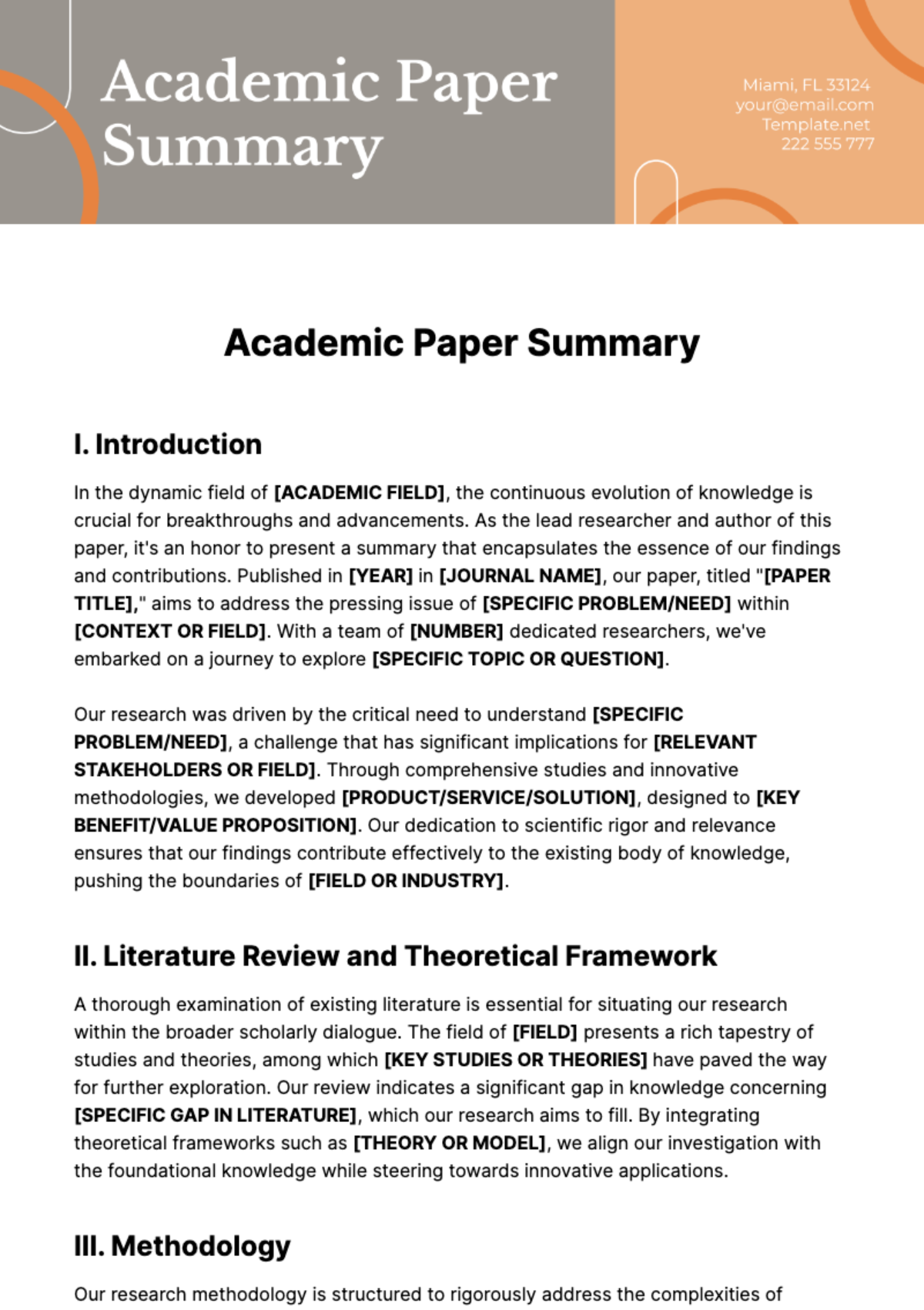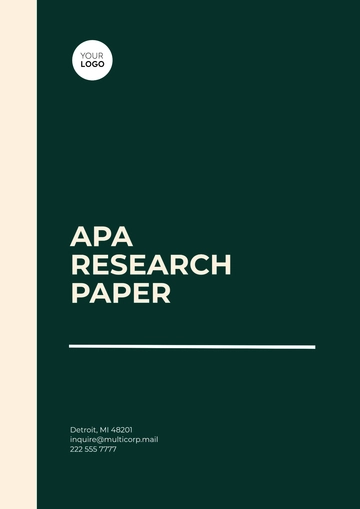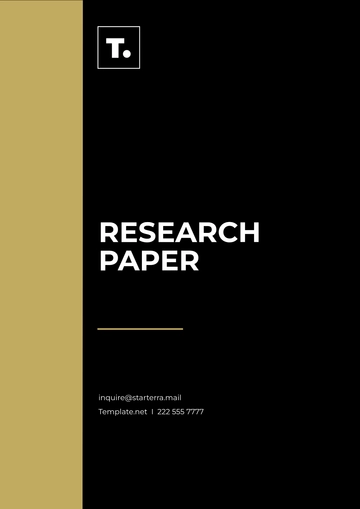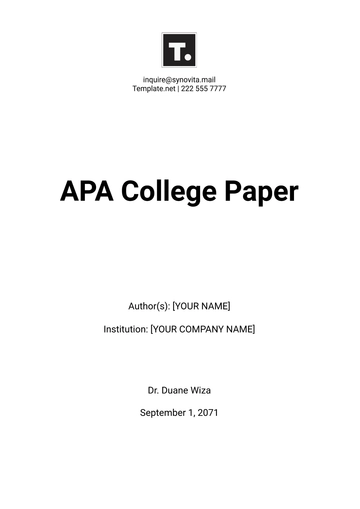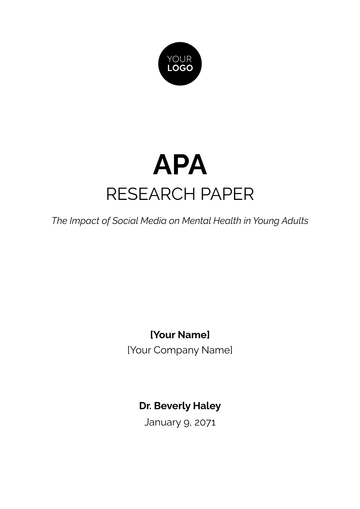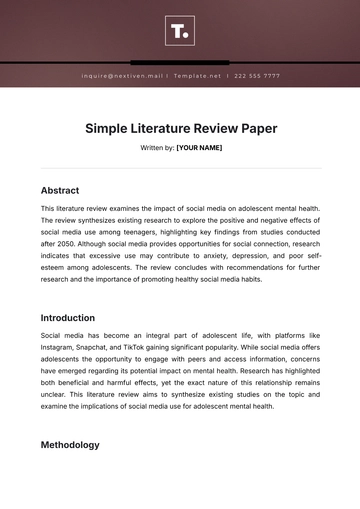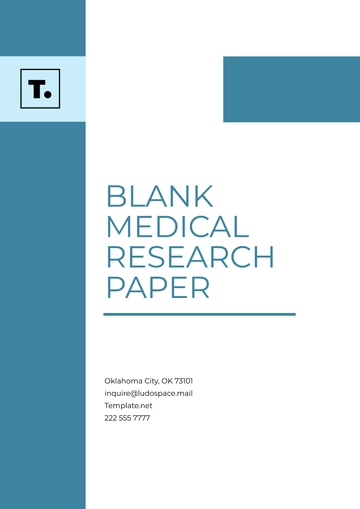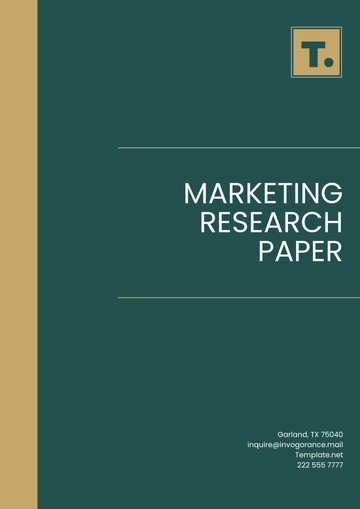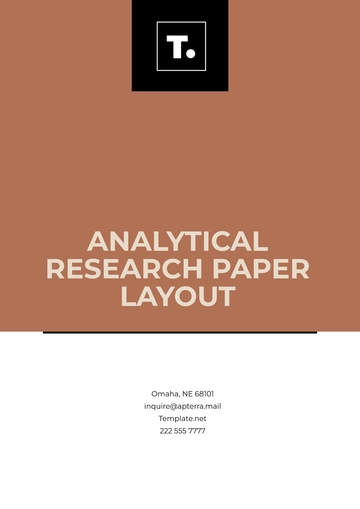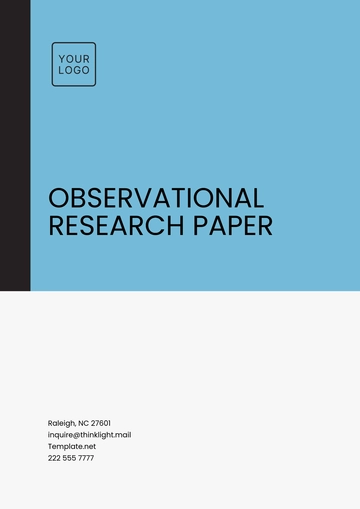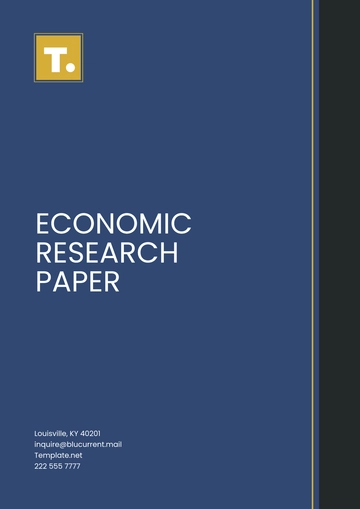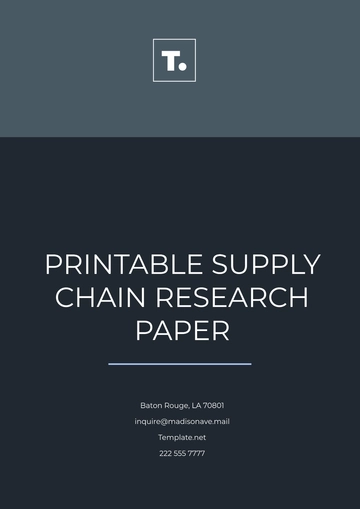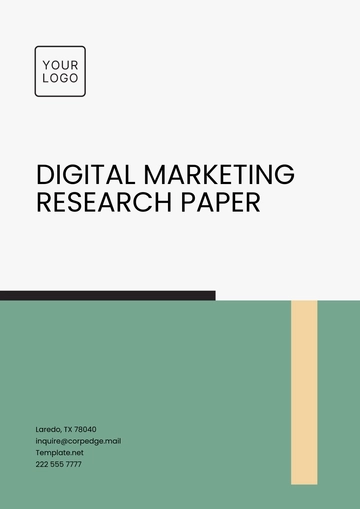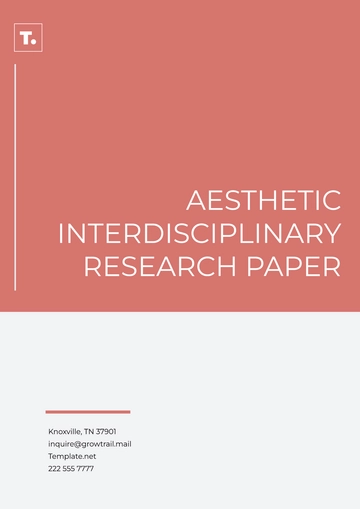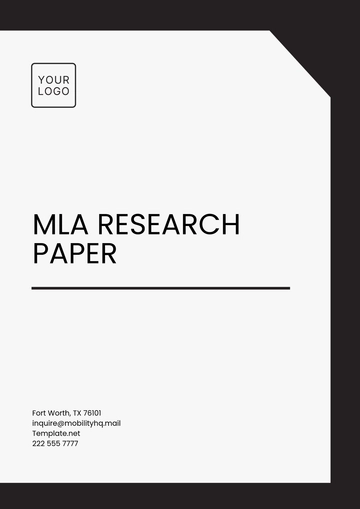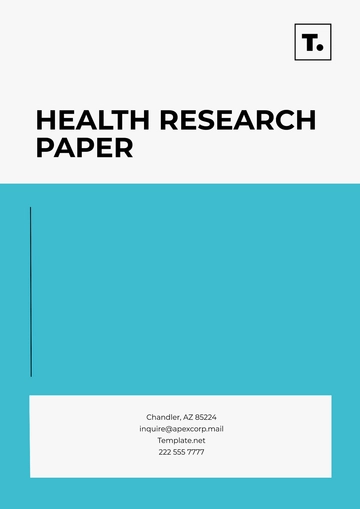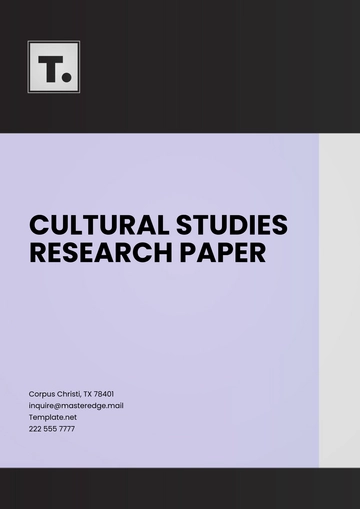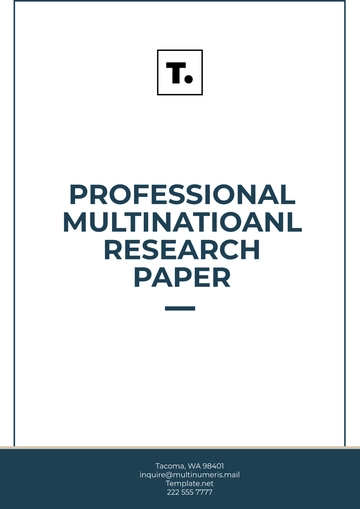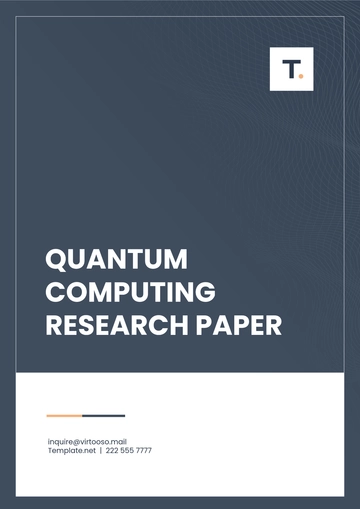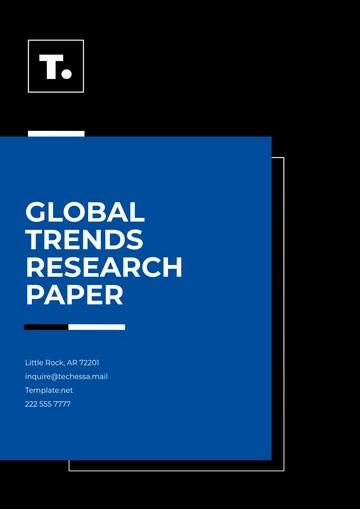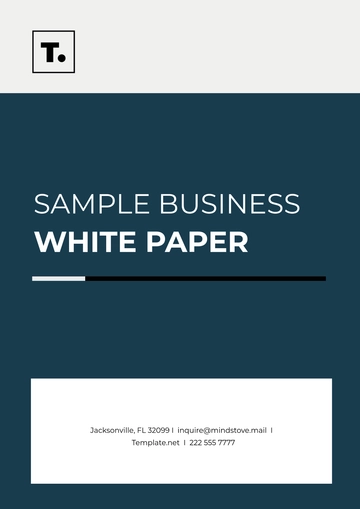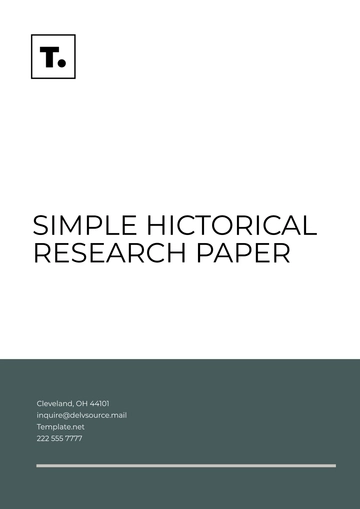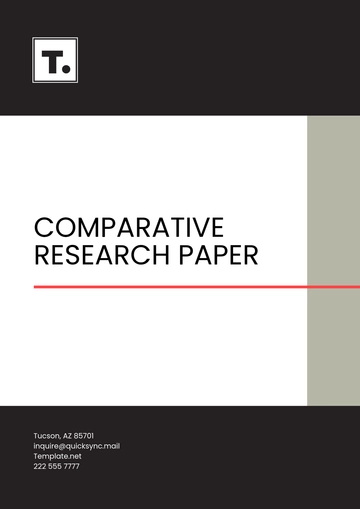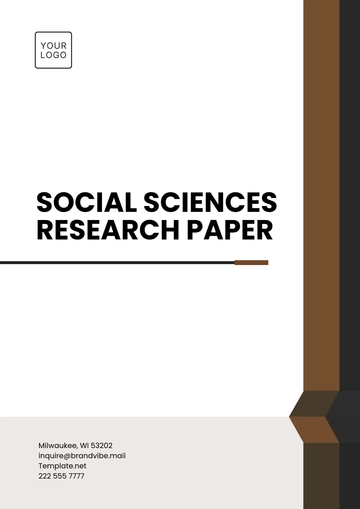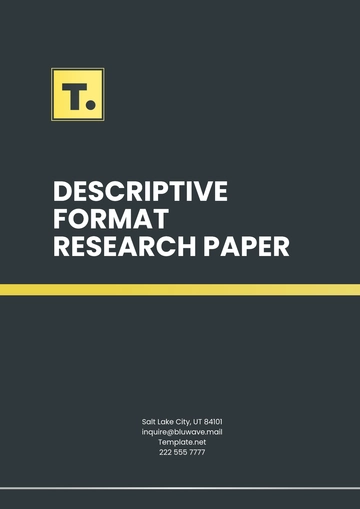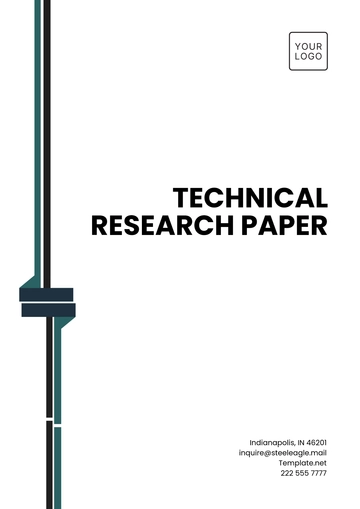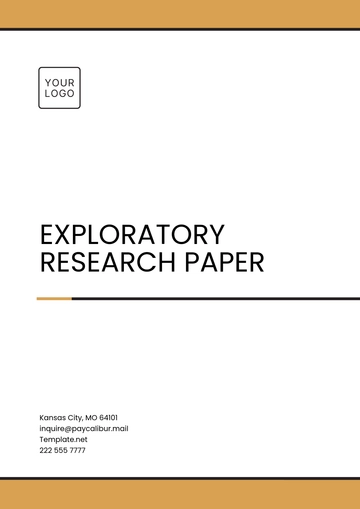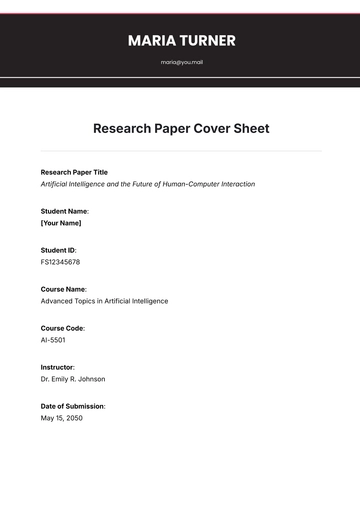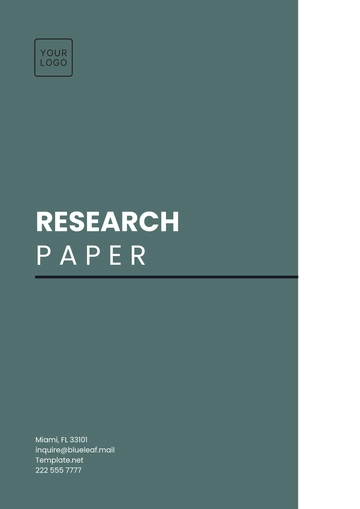Academic Paper Summary
I. Introduction
In the dynamic field of [ACADEMIC FIELD], the continuous evolution of knowledge is crucial for breakthroughs and advancements. As the lead researcher and author of this paper, it's an honor to present a summary that encapsulates the essence of our findings and contributions. Published in [YEAR] in [JOURNAL NAME], our paper, titled "[PAPER TITLE]," aims to address the pressing issue of [SPECIFIC PROBLEM/NEED] within [CONTEXT OR FIELD]. With a team of [NUMBER] dedicated researchers, we've embarked on a journey to explore [SPECIFIC TOPIC OR QUESTION].
Our research was driven by the critical need to understand [SPECIFIC PROBLEM/NEED], a challenge that has significant implications for [RELEVANT STAKEHOLDERS OR FIELD]. Through comprehensive studies and innovative methodologies, we developed [PRODUCT/SERVICE/SOLUTION], designed to [KEY BENEFIT/VALUE PROPOSITION]. Our dedication to scientific rigor and relevance ensures that our findings contribute effectively to the existing body of knowledge, pushing the boundaries of [FIELD OR INDUSTRY].
II. Literature Review and Theoretical Framework
A thorough examination of existing literature is essential for situating our research within the broader scholarly dialogue. The field of [FIELD] presents a rich tapestry of studies and theories, among which [KEY STUDIES OR THEORIES] have paved the way for further exploration. Our review indicates a significant gap in knowledge concerning [SPECIFIC GAP IN LITERATURE], which our research aims to fill. By integrating theoretical frameworks such as [THEORY OR MODEL], we align our investigation with the foundational knowledge while steering towards innovative applications.
III. Methodology
Our research methodology is structured to rigorously address the complexities of [RESEARCH TOPIC]. Adopting a [METHODOLOGY TYPE], we engaged with [DESCRIPTION OF SAMPLE, DATA COLLECTION, AND ANALYSIS TECHNIQUES]. This approach allowed us to gather qualitative/quantitative data through [DATA COLLECTION METHODS], which was subsequently analyzed using [DATA ANALYSIS METHODS]. This methodological rigor aids in ensuring the reliability and validity of our findings.
IV. Findings and Analysis
The results of our investigation provide compelling insights into [SPECIFIC FINDINGS]. Key findings include [LIST KEY FINDINGS], each contributing to a nuanced understanding of [RESEARCH TOPIC]. Our analysis reveals [IMPORTANT ANALYTICAL POINTS], highlighting the implications of our results in the context of [APPLICATION AREA OR THEORETICAL FRAMEWORK]. These findings not only address the original research question but also open avenues for future inquiry into related areas.
V. Discussion and Implications
The implications of our research are far-reaching, impacting both theory and practice in [FIELD]. Our discussion section delves into the interpretation of results, examining the consequences of our findings in light of existing theories and previous research. We address potential limitations and biases, ensuring a balanced view of our research outcomes. Moreover, our study's implications extend to [PRACTICAL APPLICATIONS], where [SPECIFIC APPLICATIONS] can significantly benefit from our discoveries.
VI. Conclusion and Future Research
In conclusion, this paper significantly enhances the understanding of [RESEARCH TOPIC], providing valuable insights that contribute to [ACADEMIC FIELD OR INDUSTRY]. Our research not only confirms several hypotheses but also challenges existing paradigms, suggesting new directions for subsequent studies. Looking forward, we propose a series of future research initiatives aimed at expanding the application of our findings and exploring new theoretical implications. With a robust methodology and clear evidence, we pave the way for ongoing contributions to this vibrant field of study.
VII. Acknowledgements and References
We extend our gratitude to [ACKNOWLEDGEMENTS], whose support and guidance were indispensable throughout the research process. For a comprehensive list of all referenced works and further reading, please consult the references section of our full paper, accessible via [DOI OR URL].
Summarized By: [YOUR NAME]
Summary Templates @ Template.net
